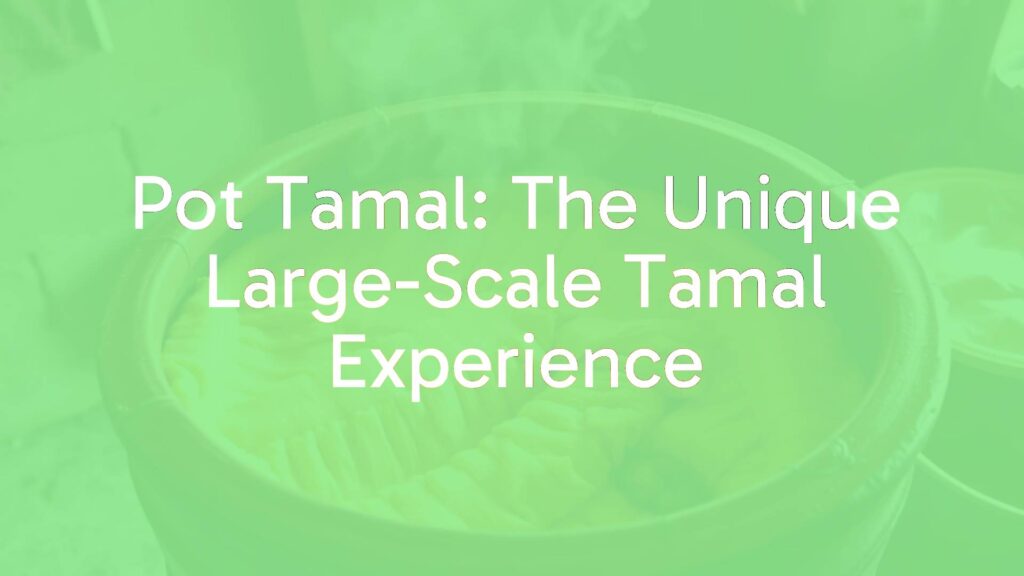Understanding the Pot Tamal
The pot tamal, known in Spanish as tamal de olla, is a distinct and cherished take on the traditional tamal in several Latin American countries. Unlike the individually wrapped and steamed tamales more commonly encountered, the pot tamal is prepared and cooked in bulk within a single cooking vessel—often a large clay or metal pot—offering a different texture, communal appeal, and a flavorful depth developed through slow, gentle simmering.
Key Features and Flavor Profile
Pot tamales are typically recognized for their soft, pudding-like texture, which diverges from the firmer, hand-held structure of their individually wrapped counterparts. This style of tamal has a moist, cohesive consistency as all the ingredients meld together during cooking. The flavors are richer and more harmonious, with the maize dough (masa) absorbing sauces and fillings throughout the pot. The dish is commonly served by scooping generous portions rather than unwrapping individual parcels.
A Glimpse into History and Regional Roots
The pot tamal’s origins can be traced to the diverse culinary traditions of Mesoamerica and the Caribbean, particularly in regions such as Panama, El Salvador, and parts of Mexico. Historically, the communal preparation of tamales in a pot reflected both practicality and the importance of shared meals during festivities or family gatherings. Pot tamales often feature in festive tables and are valued for feeding a crowd efficiently while preserving rich, authentic flavors.
Essential Ingredients and Preparation Approach
At its core, the pot tamal shares much of its DNA with other tamales: a maize-based dough, often enriched with lard or vegetable fat, combined with a savory sauce and a wide array of fillings. Popular choices for fillings include pounded meats (such as chicken, pork, or beef), olives, capers, raisins, and bell peppers, though vegetarian options are also embraced. The key difference lies in assembling all components together in a pot and cooking them as one, which builds layered flavor and a unique texture.
Variations and Ingredient Substitutions
Across Latin America, variations of the pot tamal abound. In Panama, the tamal de olla may include achiote for color, plantains for sweetness, or regional spices. In Mexico, some versions favor simpler fillings, focusing on the corn flavor. Ingredient swaps are possible: masa harina for fresh masa, olive oil or vegetable shortening for lard, or an assortment of vegetables for a completely plant-based version. Seafood fillings are also sometimes featured in coastal communities.
Serving Suggestions and Pairings
The pot tamal is typically served hot, scooped onto plates and garnished with fresh herbs, a side of pickled vegetables, or a spoonful of salsa. It pairs especially well with cooling beverages, such as a light lager, chilled aguas frescas, or even hot chocolate during festive winter months. Side dishes like black beans, rice, or simple salads can complement the hearty, comforting character of the tamal and enhance the communal pleasure of this traditional dish.

